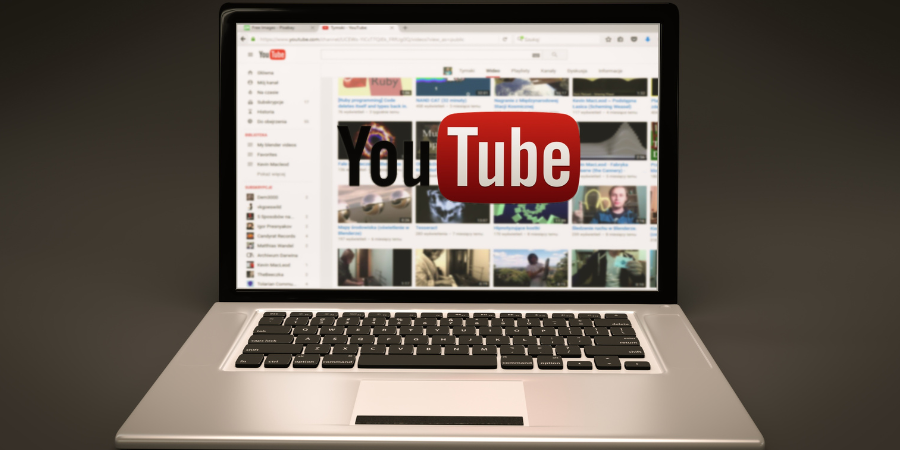
Video material is powerful – just look at how many people use YouTube for learning and entertainment and the rapid rise of TikTok. Even Instagram quickly realised that still images aren’t as powerful as video content and reels were added (initially as IGTV in 2017). But how do you build a successful channel on YouTube?
1: Plan first
You need to think before you launch your channel and consider:
- What kind of material it will feature – it needs to be consistent so subscribers know what to expect
- Who your subscribers will be and what they want
- How people will discover your channel, what they will search for and where you’ll be able to reach them
- What the channel and individual video branding will look like
- What key words and phrases you want to focus on
- A list of subject you can create videos about
- How often you’ll post material
- What length video you’ll aim to produce
- Who will be responsible for generating material, editing, uploading, etc.
This will create a schedule and list of responsibilities and enable the channel to be set up professionally.
2: Create your brand
Unless your business is very niche, you may need more than one channel, each focused on a key area. For example, as a professional copywriter I could have channels for Content Marketing, Commercial copywriting, Marketing strategies, etc.
Your company brand and your channel brand need to be congruent, so people can see the association.
You need to create a thumbnail style and endscreen style for your videos and ensure that these are maintained by your creators/editors.
Your key words and phrases also need to be used consistently both in the video files prior to uploading and in the description you add during the uploading process.
3: Your starter for 10
One video looks very lonely and new viewers quickly see that there isn’t much going on. Ideally, aim to upload ten videos to populate your channel when you launch.
If they all look professional (with the thumbnails all looking consistent) they create a great first impression, showing visitors that you have a substantial amount of knowledge to share and that you’re delivering good quality content.
4: Get your team on board
Ensure that everyone in the team logs into YouTube as an individual and watches the video – from start to finish (abandoned views don’t count). Then encourage them to like it, comment, and like your opening comment too.
If you’re a sole trader or independent consultant put together a YouTube group with other businesses and carry out these actions for each other’s channels.
Add your YouTube channel link to your website, social media platforms, email signature (everyone’s) and announce it in your newsletter. You can even add it as a blog footer.
5: Be consistent
This is where your plan comes into play – keep creating content regularly and consistently. It’s better to publish one good video a month, than four not very good ones.
Ensure your target audience are aware of your channel, not just on launch, but ongoing.
